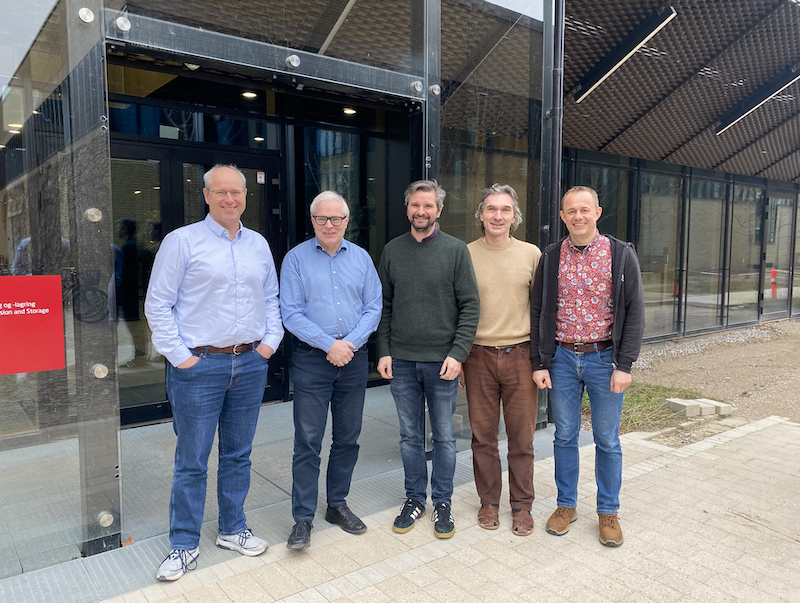Revolutionary 3D x-rays
Revolutionary x-ray sources and collaboration across disciplines will create the possibility of seeing 3D structures in the body's cells and characterising tissue samples – already while the patient is in the hospital bed.

Based on and translated from DTU press release.
The synergy project XTREME-CT will push the boundaries of how we can visualise the complicated 3D structures of the human body – all the way to the cellular level.
The project is an interdisciplinary collaboration between researchers from Technical University of Denmark (DTU), Aarhus University and Copenhagen University Hospital - Hvidovre focusing on advancing x-ray research. Specifically, the researchers will try to record 3D images of entire organs and then zoom in all the way down to the cellular level.
The collaboration across disciplines can provide a more holistic view of diseases and in the long term mean that tissue samples can be characterised significantly faster in hospitals – already while the patient is in the hospital bed.
Synchrotrons must lead the way
The project will make use of revolutionary developments in x-ray sources, the so-called synchrotrons. XTREME-CT will both build a new instrument, develop data science tools for the analysis of the enormous amounts of data that will be recorded, and apply the methods to central questions in neuro- and bone science.
The head of XTREME-CT, Professor Henning Friis Poulsen from DTU, states:
“X-ray studies with much better resolution than before have great prospects. For example, being able to map the architecture of a brain at neuron level and describe its connection with diseases.”
Professor Henrik Birkedal from the Department of Chemistry and iNANO at Aarhus University adds:
"XTREME-CT will enable studies across length scales on a completely new level, which has been one of the biggest challenges in terms of being able to understand how tissues such as bone are built up."
The project is supported by the Novo Nordisk Foundation with 15,000,000 DKK (approx. $2,144,000) through their Interdisciplinary Synergy Programme. With this programme, the Novo Nordisk Foundation wishes to strengthen the synergy between researchers across disciplines, organisations and national borders.
Facts
The synergy project XTREME-CT is a collaboration between researchers from DTU, Aarhus University and Copenhagen University Hospital - Hvidovre and is supported by the Novo Nordisk Foundation with DKK 15 million through their Interdisciplinary Synergy Programme. The researchers leading the project are:
- Professor Henning Friis Poulsen, DTU Physics
- Professor Henrik Birkedal, Department of Chemistry and iNANO, Aarhus University
- Professor Anders Dahl, DTU Compute
- Senior Researcher Rajmund Mokso, DTU Physics
- Associate Professor Tim Dyrby, Copenhagen University Hospital – Hvidovre and DTU Compute
For further information, please contact
Professor Henrik Birkedal
Department of Chemistry and iNANO
Aarhus University
Email: hbirkedal@chem.au.dk